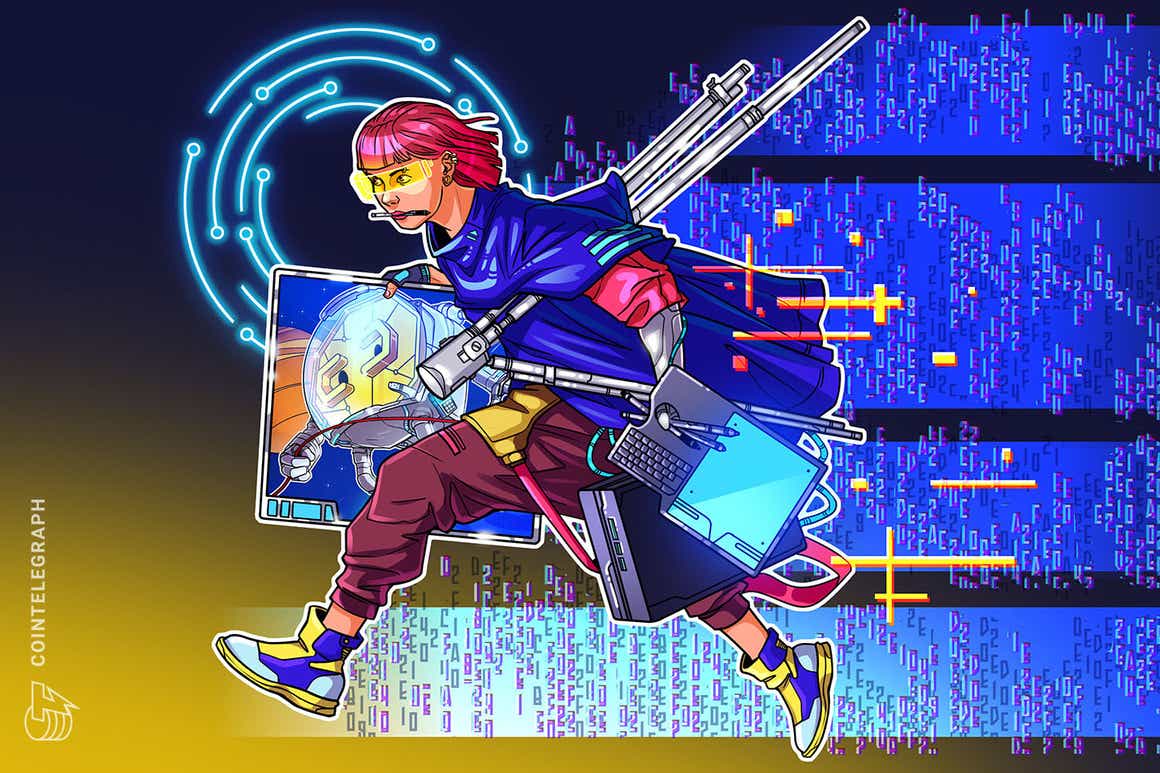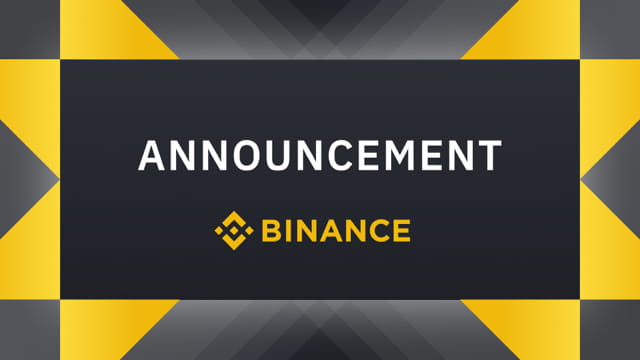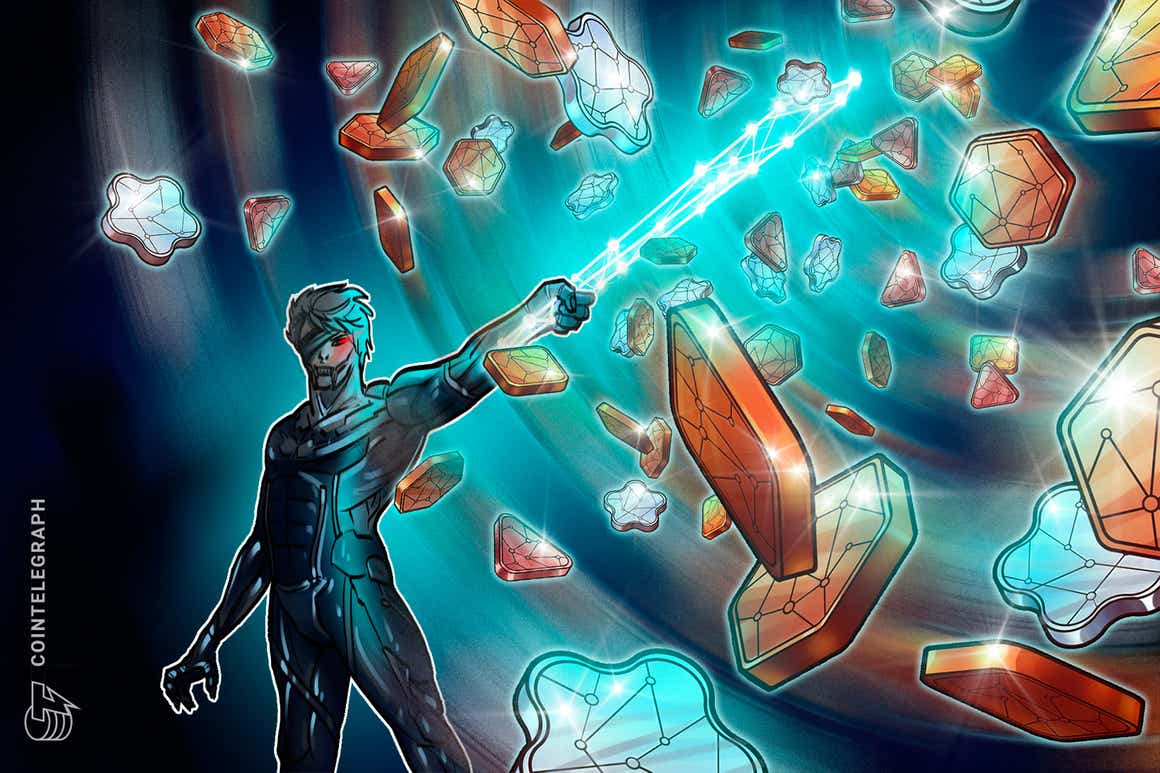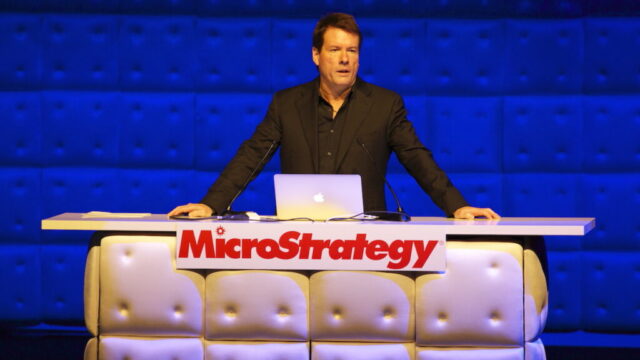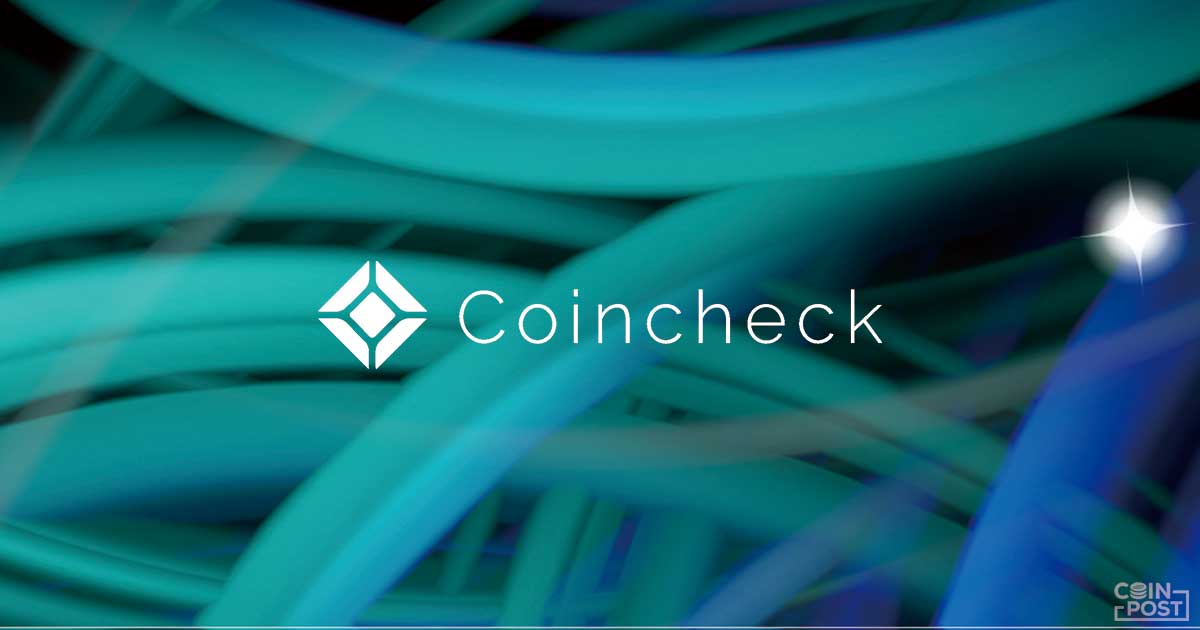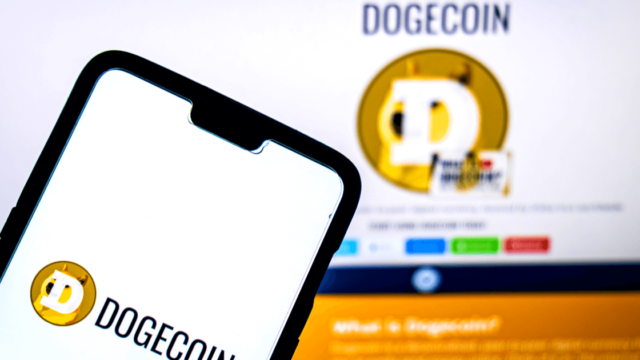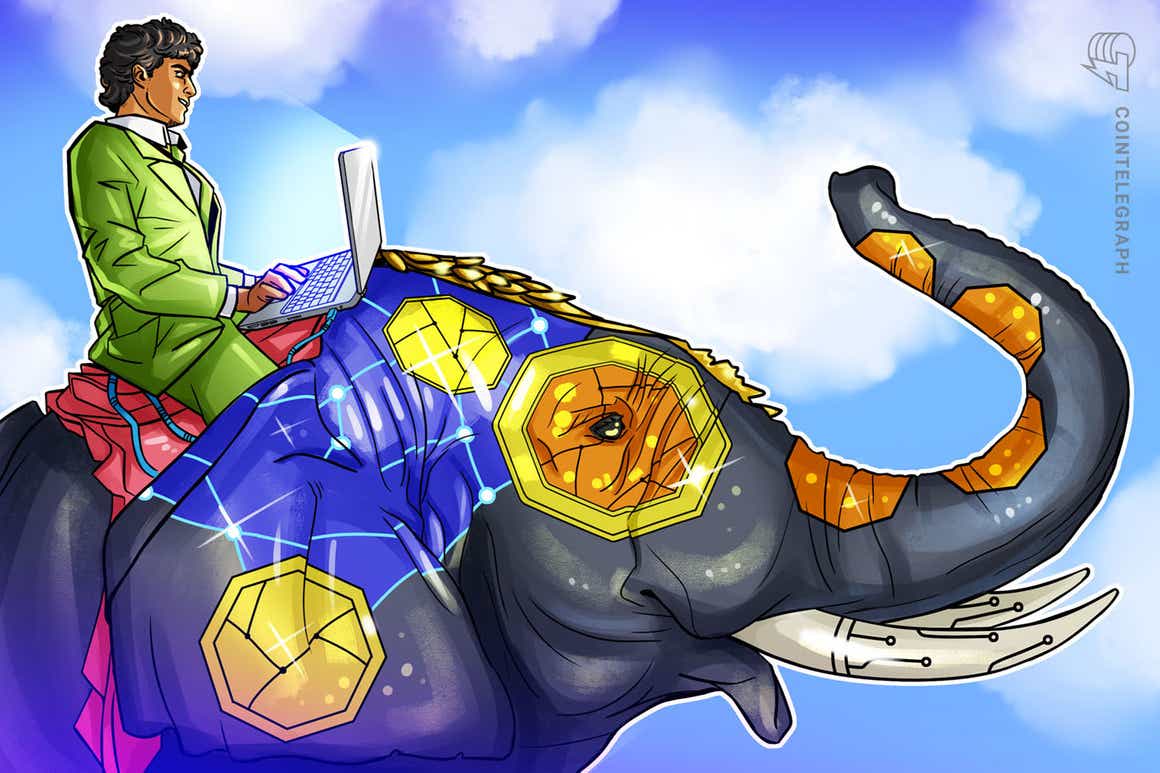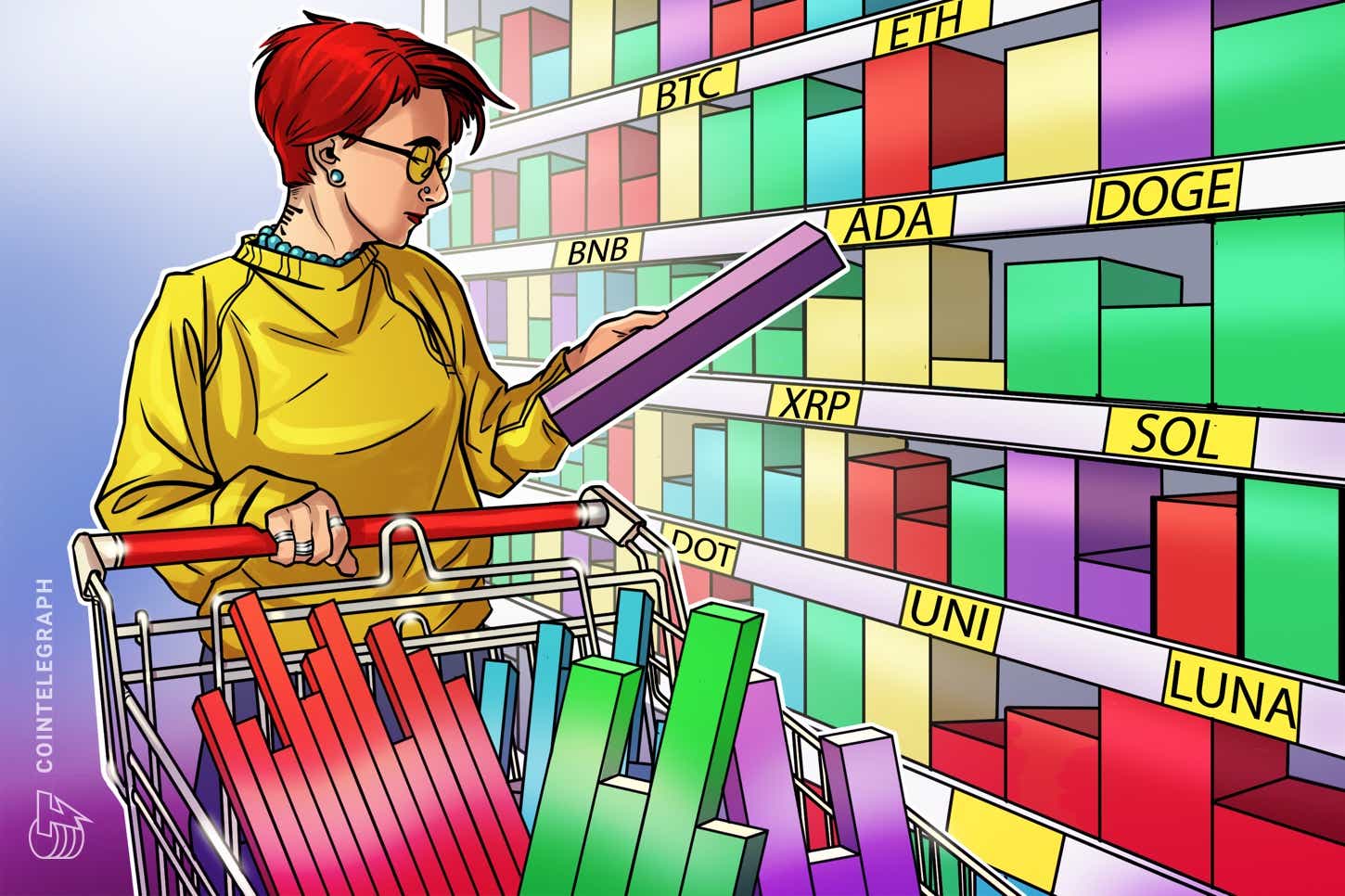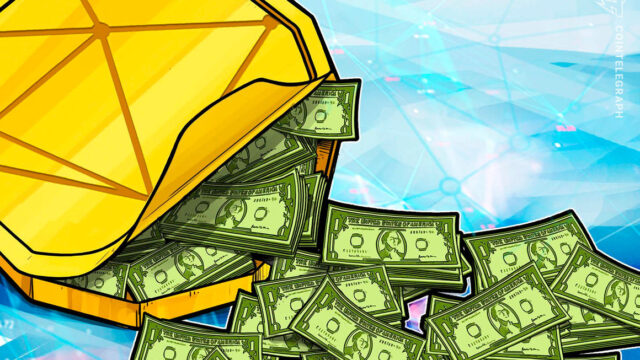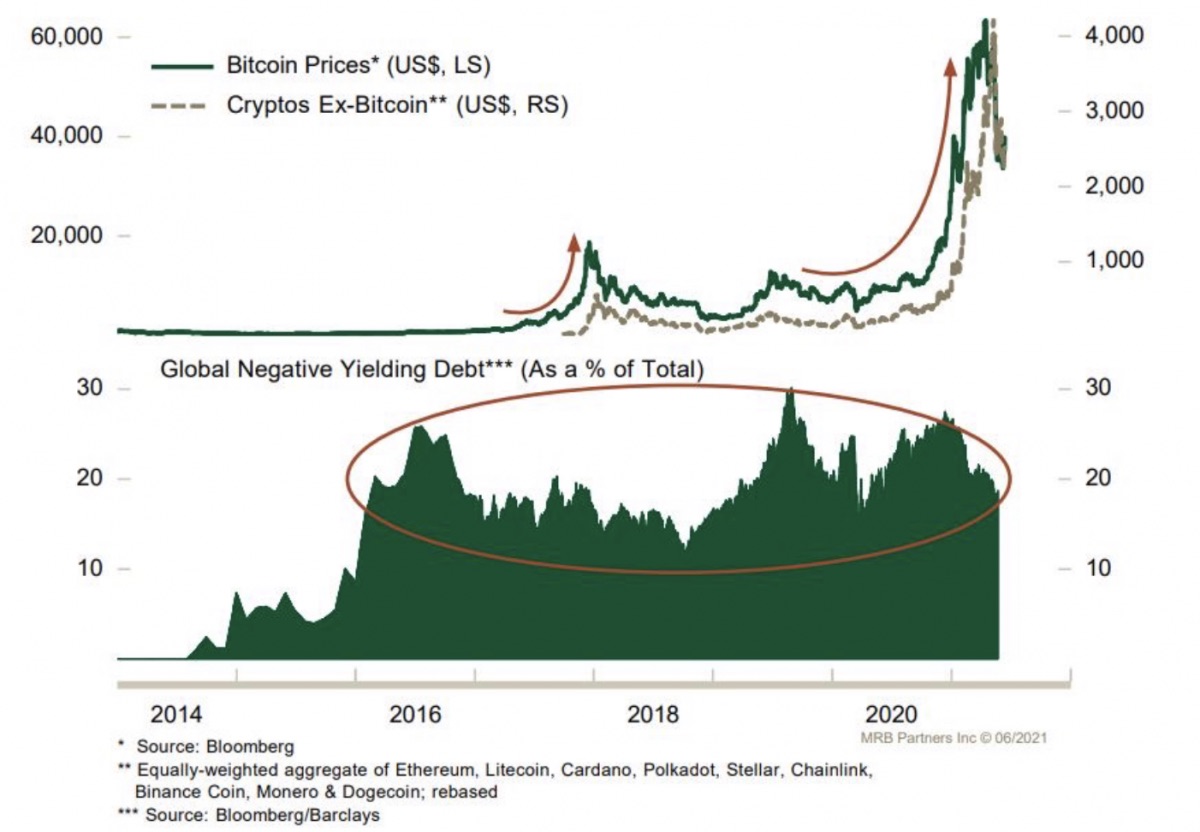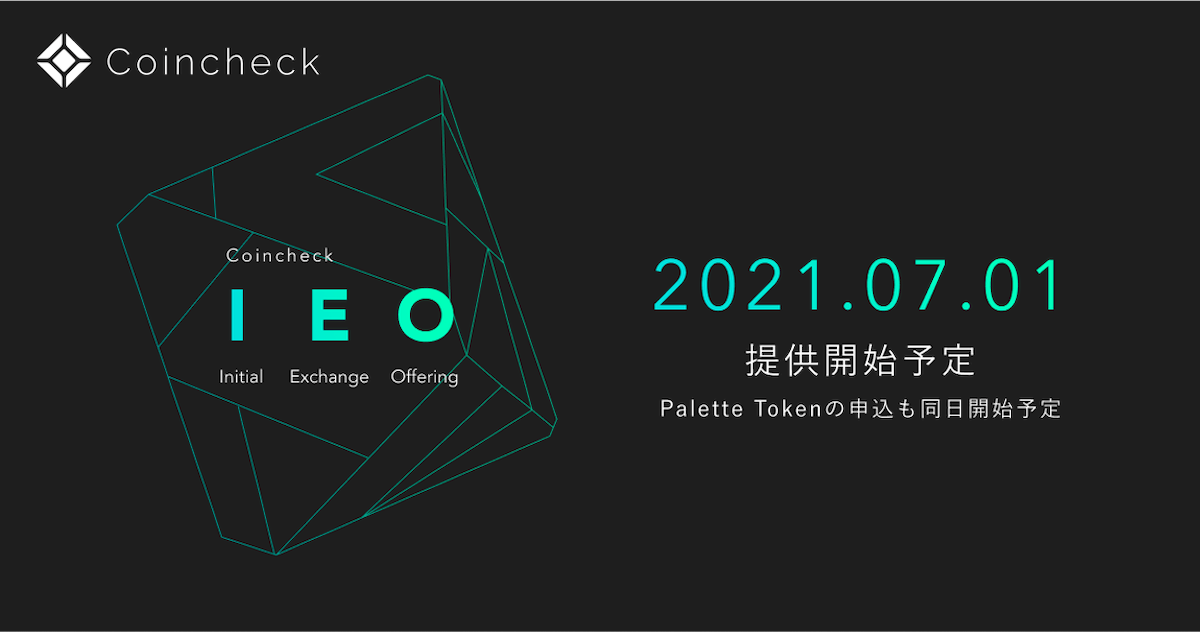NFTs (Non-Fungible Tokens) have taken over the world. Unless your 2021 new year’s resolutions have involved abstaining from the internet, it is highly likely that you, or someone you know, has heard about this emerging new class of digital assets.

But what exactly are they? Where can you buy them? And most importantly, what are the most important things to consider before you begin participating in this growing economy of digital goods?
First Things First, What Exactly are NFTs?
NFTs are cryptographic tokens on a blockchain which represent a “one of a kind” asset. These assets may exist in either the real-world or the digital world. NFTs allow holders not only to prove its authenticity but also the provenance of the underlying asset. Their existence allows for the introduction of the concept of scarcity in the digital world.
As published in a Binance Blog post, we are excited to contribute to the trend of digital assets moving to the blockchain. By minting NFTs on the blockchain, creators are establishing a direct relationship with their fans—free of any platform risks. Everyone, regardless of where you’re located or who you are, interacts with NFT contracts in the same way, unfettered by proprietary platforms and restrictions. Once minted on the blockchain, the NFTs cannot be altered. This confers a strong sense of ownership and permanence. The NFT open standards give rise to network effects, interoperability and composability and we believe this will unlock a lot of exciting innovation in digital goods.
Getting Started
As the NFT space grows, you may find yourself overwhelmed with new updates and information introduced each day. To help you get started, we have summed up 4 pointers to consider before you make a transaction on a NFT marketplace.
1. What Interests You & How It Influences Where You Buy NFTs
Before diving into the world of NFTs, it is important to first know what type of NFT will interest you most. Fortunately, the amount of NFT categories are limitless, although they currently are dominated by digital art, games, and music.
Sounds appealing? Within these categories (and all others), there can be further distinction, including NFTs which can be considered premium (e.g. created by established artists/creators), or NFTs which can be considered more general (e.g. those created by everyone else). Where you choose to buy your NFTs can be highly correlated to the type of NFT collection you are looking to build.
There are different marketplaces which cater to different types of NFT collections. From general NFTs to industry specific ones like games or art, there are marketplaces to serve all audiences in all sorts of different niches. For beginners who are seeking to explore a vast array of NFTs, the recently launched premier decentralized NFT platform, Featured by Binance, as well as the soon to be launched Binance NFT marketplace will be two good places to start. From world class NFTs created by premium artists to NFTs from up and coming creators, there will always be a little something for everyone.
2. Liquidity & Market Volume
In these early days of NFTs, most of what is on the market can be categorized as “collectibles.” These types of NFTs are typically purchased and then held by the buyer in the hopes that the asset will eventually appreciate.
However, like an oil painting, the ease of re-selling the asset back into the market may be difficult, especially if the underlying asset currently lacks popularity. Therefore, it is critical to remember that purchasing NFTs is significantly different from purchasing Bitcoin, which is always liquid, driven by large market volumes on crypto exchanges. Depending on the type and popularity of NFT purchased, you may be entering into a long term commitment of facing little liquidity and a weak market for that asset, while you wait and hope for the value of that NFT to grow.
Fortunately, for those buyers and sellers who wish to have higher assurances of liquidity in the NFTs which they purchase, Binance offers a unique value proposition in comparison to other NFT marketplaces. As the leading exchange in the cryptocurrency space, Binance will have a natural bridge between the exchange platform and the NFT platform. Users will be able to leverage both seamlessly between the two spaces, which in turn, will inject further liquidity and ease of trading in the NFT marketplace.
Furthermore, the premier decentralized NFT platform, Featured by Binance, will focus on helping our brand partners launch NFT assets with strong unique narratives by leveraging Binance’s deep experience in launching tokens and creating markets to the NFT space. For NFT creators and collectors, it presents a marketplace to trade their assets, and creator tools to mint, sell and showcase their NFT creations.
3. Transaction Fees
It happens to all of us. We find what we are looking for, click all the way to the payment page with a price in mind, only to be surprised that a massive transaction fee has now been added to the total. With NFTs ranging widely in price, it is imperative to know not only a platform’s transaction fees well in advance, but also the gas fees for the underlying blockchain.
Transaction fees vary widely, after all, the term “transaction fee” itself can differ in meaning from platform to platform. However, if we define a transaction fee as all additional costs in a sale that go to the platform or to the creator, NFT platforms these days are charging anywhere from 2.5%-15% in fees!
With this in mind, careful consideration should be taken to understand the additional costs that may be incurred in a given NFT transaction. For those who are relatively new to the NFT space, the Binance NFT marketplace may be a good place to start. Not only does it cover a wide category range of NFTs, but transaction fees on the platform is only 1%. Participants can perform exchanges while knowing that there will be no significant fee surprises upon finalizing a transaction.
Finally, gas fees. Confirmations of transactions on any blockchain all require gas fees to append those transactions onto the underlying blockchain. With ETH, transaction fees have gone as high as $70 USD per transaction. However, Binance NFT transactions will occur on the Binance Smart Chain, where gas fees are extremely low. So low, that gas fees are typically measured in cents and not dollars.
4. The Experience
Many NFT marketplaces are just that – a marketplace. Simply a platform to transact digital assets on the chain. However, the NFT experience can (and should) be so much more than that. NFTs enable so much in both the real and digital worlds. In addition to bringing creators closer to the consumers which they serve, these new digital assets are stirring up a level of excitement in the asset industry the likes of which have never been seen before.
Thus far, we have focused mainly on collectibles, however, NFTs can be so much more than that. In fact, with NFTs, platforms like Decentraland and Axie Infinity have introduced a type of utility in the virtual world that was previously not available. This utility allows participants on these platforms to trade and exchange things of value with each other without the dependency on the platform.
It’s Only the Beginning
NFTs have only started to heat up, and it’s an exciting time for everyone to start getting involved in this new class of assets. Those looking to start getting involved or building a collection have a lot to look forward to, especially as the space grows, more participants come in, and companies like Binance release exciting new spaces to create an experience for all. It’s a great time to join the NFT economy – dive in!
Read the following helpful articles for more information:
NFTs (Non-Fungible Tokens) have taken over the world. Unless your 2021 new year’s resolutions have involved abstaining from the internet, it is highly likely that you, or someone you know, has heard about this emerging new class of digital assets.

But what exactly are they? Where can you buy them? And most importantly, what are the most important things to consider before you begin participating in this growing economy of digital goods?
First Things First, What Exactly are NFTs?
NFTs are cryptographic tokens on a blockchain which represent a “one of a kind” asset. These assets may exist in either the real-world or the digital world. NFTs allow holders not only to prove its authenticity but also the provenance of the underlying asset. Their existence allows for the introduction of the concept of scarcity in the digital world.
As published in a Binance Blog post, we are excited to contribute to the trend of digital assets moving to the blockchain. By minting NFTs on the blockchain, creators are establishing a direct relationship with their fans—free of any platform risks. Everyone, regardless of where you’re located or who you are, interacts with NFT contracts in the same way, unfettered by proprietary platforms and restrictions. Once minted on the blockchain, the NFTs cannot be altered. This confers a strong sense of ownership and permanence. The NFT open standards give rise to network effects, interoperability and composability and we believe this will unlock a lot of exciting innovation in digital goods.
Getting Started
As the NFT space grows, you may find yourself overwhelmed with new updates and information introduced each day. To help you get started, we have summed up 4 pointers to consider before you make a transaction on a NFT marketplace.
1. What Interests You & How It Influences Where You Buy NFTs
Before diving into the world of NFTs, it is important to first know what type of NFT will interest you most. Fortunately, the amount of NFT categories are limitless, although they currently are dominated by digital art, games, and music.
Sounds appealing? Within these categories (and all others), there can be further distinction, including NFTs which can be considered premium (e.g. created by established artists/creators), or NFTs which can be considered more general (e.g. those created by everyone else). Where you choose to buy your NFTs can be highly correlated to the type of NFT collection you are looking to build.
There are different marketplaces which cater to different types of NFT collections. From general NFTs to industry specific ones like games or art, there are marketplaces to serve all audiences in all sorts of different niches. For beginners who are seeking to explore a vast array of NFTs, the recently launched premier decentralized NFT platform, Featured by Binance, as well as the soon to be launched Binance NFT marketplace will be two good places to start. From world class NFTs created by premium artists to NFTs from up and coming creators, there will always be a little something for everyone.
2. Liquidity & Market Volume
In these early days of NFTs, most of what is on the market can be categorized as “collectibles.” These types of NFTs are typically purchased and then held by the buyer in the hopes that the asset will eventually appreciate.
However, like an oil painting, the ease of re-selling the asset back into the market may be difficult, especially if the underlying asset currently lacks popularity. Therefore, it is critical to remember that purchasing NFTs is significantly different from purchasing Bitcoin, which is always liquid, driven by large market volumes on crypto exchanges. Depending on the type and popularity of NFT purchased, you may be entering into a long term commitment of facing little liquidity and a weak market for that asset, while you wait and hope for the value of that NFT to grow.
Fortunately, for those buyers and sellers who wish to have higher assurances of liquidity in the NFTs which they purchase, Binance offers a unique value proposition in comparison to other NFT marketplaces. As the leading exchange in the cryptocurrency space, Binance will have a natural bridge between the exchange platform and the NFT platform. Users will be able to leverage both seamlessly between the two spaces, which in turn, will inject further liquidity and ease of trading in the NFT marketplace.
Furthermore, the premier decentralized NFT platform, Featured by Binance, will focus on helping our brand partners launch NFT assets with strong unique narratives by leveraging Binance’s deep experience in launching tokens and creating markets to the NFT space. For NFT creators and collectors, it presents a marketplace to trade their assets, and creator tools to mint, sell and showcase their NFT creations.
3. Transaction Fees
It happens to all of us. We find what we are looking for, click all the way to the payment page with a price in mind, only to be surprised that a massive transaction fee has now been added to the total. With NFTs ranging widely in price, it is imperative to know not only a platform’s transaction fees well in advance, but also the gas fees for the underlying blockchain.
Transaction fees vary widely, after all, the term “transaction fee” itself can differ in meaning from platform to platform. However, if we define a transaction fee as all additional costs in a sale that go to the platform or to the creator, NFT platforms these days are charging anywhere from 2.5%-15% in fees!
With this in mind, careful consideration should be taken to understand the additional costs that may be incurred in a given NFT transaction. For those who are relatively new to the NFT space, the Binance NFT marketplace may be a good place to start. Not only does it cover a wide category range of NFTs, but transaction fees on the platform is only 1%. Participants can perform exchanges while knowing that there will be no significant fee surprises upon finalizing a transaction.
Finally, gas fees. Confirmations of transactions on any blockchain all require gas fees to append those transactions onto the underlying blockchain. With ETH, transaction fees have gone as high as $70 USD per transaction. However, Binance NFT transactions will occur on the Binance Smart Chain, where gas fees are extremely low. So low, that gas fees are typically measured in cents and not dollars.
4. The Experience
Many NFT marketplaces are just that – a marketplace. Simply a platform to transact digital assets on the chain. However, the NFT experience can (and should) be so much more than that. NFTs enable so much in both the real and digital worlds. In addition to bringing creators closer to the consumers which they serve, these new digital assets are stirring up a level of excitement in the asset industry the likes of which have never been seen before.
Thus far, we have focused mainly on collectibles, however, NFTs can be so much more than that. In fact, with NFTs, platforms like Decentraland and Axie Infinity have introduced a type of utility in the virtual world that was previously not available. This utility allows participants on these platforms to trade and exchange things of value with each other without the dependency on the platform.
It’s Only the Beginning
NFTs have only started to heat up, and it’s an exciting time for everyone to start getting involved in this new class of assets. Those looking to start getting involved or building a collection have a lot to look forward to, especially as the space grows, more participants come in, and companies like Binance release exciting new spaces to create an experience for all. It’s a great time to join the NFT economy – dive in!
Read the following helpful articles for more information:
.
元ソース 詳細はこちら
NFT Marketplaces – What to Know Before Buying & Selling NFTs
バイナンス公式
バイナンス登録


